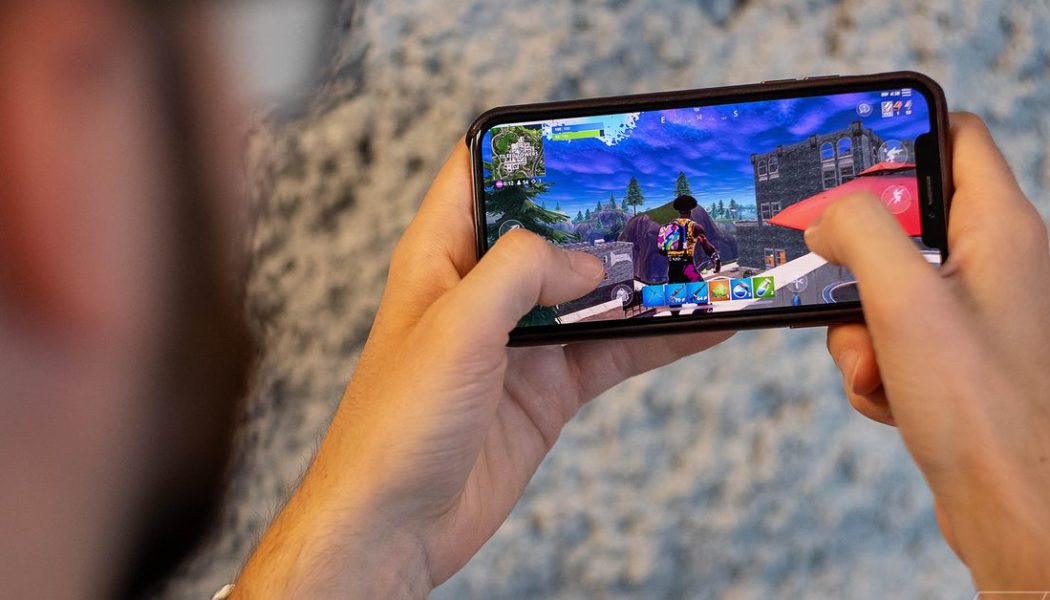
While many video games might feel nearly effortless to play, letting you make impossible jumps, drive cars at breakneck speeds, cast magic out of thin air, and so much more, actually making those games is a superhuman feat of its own. Just one game often requires the efforts of a huge team laboriously crafting every minute detail, and very little of it that comes easy, as detailed by numerous developers who spoke to IGN’s Rebekah Valentine in this article that you should read.
Valentine’s article has a lot of fascinating stories from developers answering this question: “What is a thing in video games that seems simple but is actually extremely hard for game developers to make?”
Take elevators, for example, which, in a video game, aren’t just a moving platform behind doors. BioShock and BioShock Infinite’s lead level designer Bill Gardner described the potential problems of just trying to get inside one:
First off, you have to summon [an elevator] via a button or whatever. By calling the elevator, you open the opportunity for the player, objects, or AI to wander underneath it and get squished or trapped. So suddenly you have to deal with that. It’s an invitation to make your enemies or companions look dumb, for physics objects to go flying, or for quest items to get stuck.
Or how about the act of responding to any player input? Here’s how Johnnemann Nordhagen, a developer at Dim Bulb Games, discusses it:
Something I’ve spent many hours on is player input. It seems simple — you press spacebar; you jump. But then you start to fall into all the special cases. What if the player is crouching? What if you want the spacebar to also activate items that the player is standing near? What about players using controllers instead of a keyboard? What about letting players remap their control scheme? What happens when the game is paused, or in a menu? What if, God help you, this is a networked game and you need to send that to a server? It turns into a system that requires multiple layers of abstraction to be able to handle all the possible things that might happen in a game when a player wants to jump, or presses the spacebar.
And developers in the article don’t just discuss the challenges of game mechanics; they also describe difficult aspects of things like storytelling and localization. Here’s just one really good anecdote, from JC Lau, a producer at Harebrained Schemes:
When I worked at Xbox in localization, it was when the console rolled out its friends list feature and there was a little popup that said, ‘Socialize with your friends’ directing people to use the friends list. In Polish, that got translated to ‘Support socialism with your friends,’ which was thankfully caught.
The whole article is packed with other interesting details and stories. Great games are easy to take for granted while playing them, but these developers’ tales are a good reminder that game development can be very hard. I highly recommend taking a few minutes out of your day to go read Valentine’s story on IGN.









